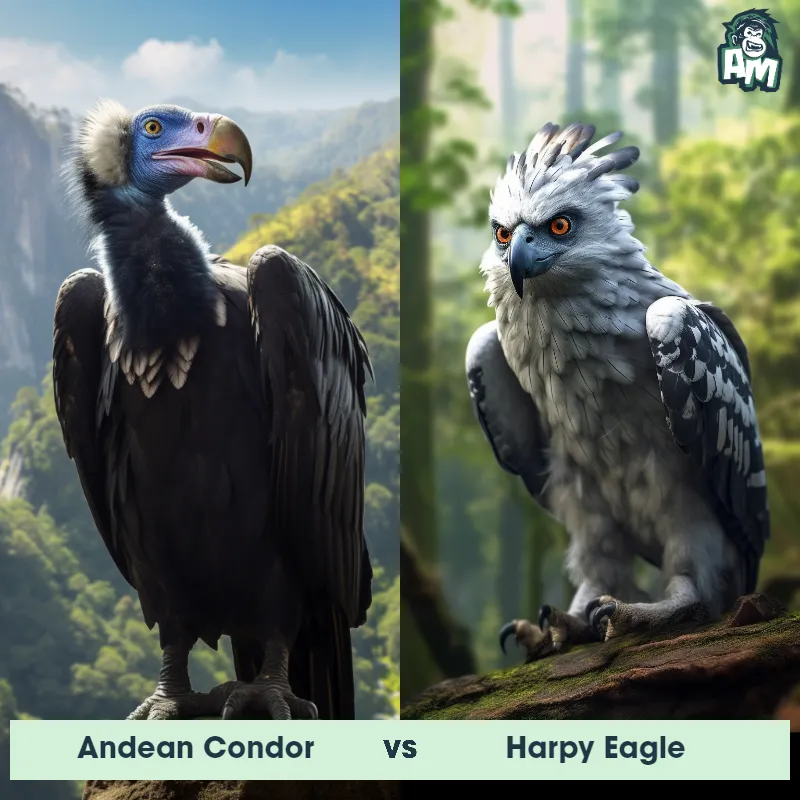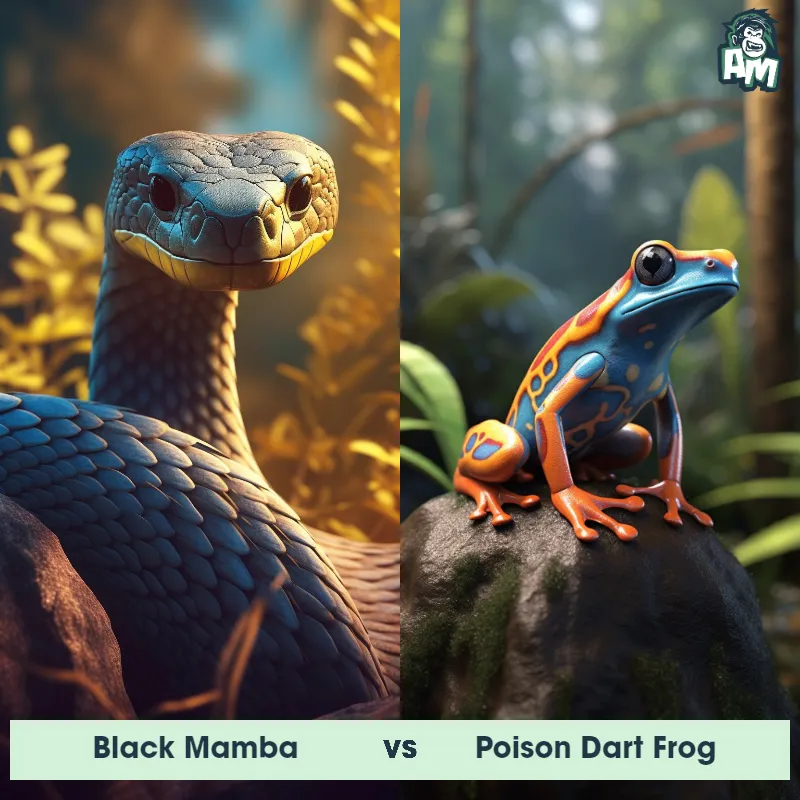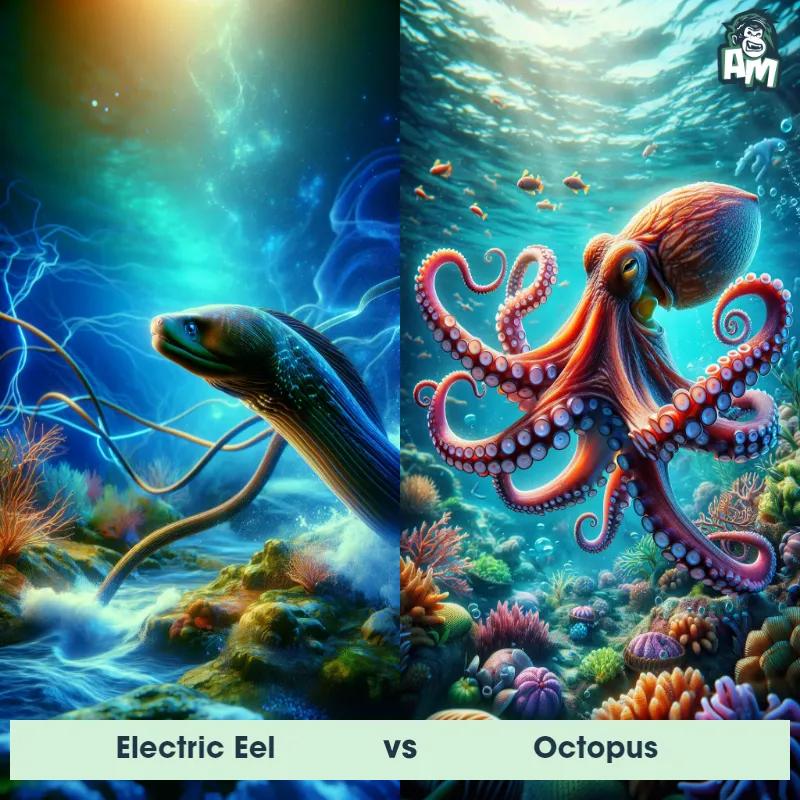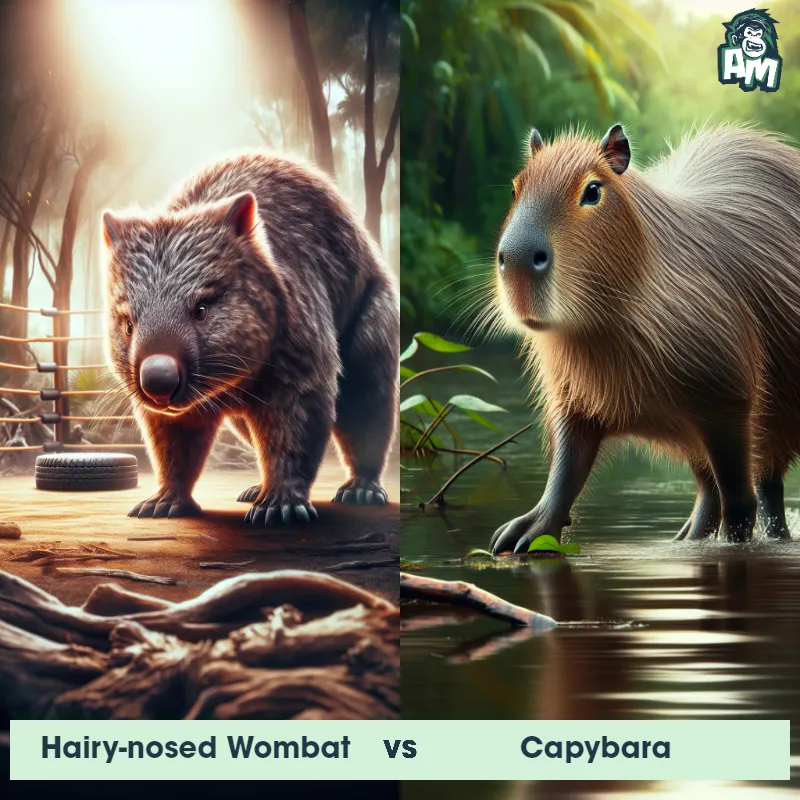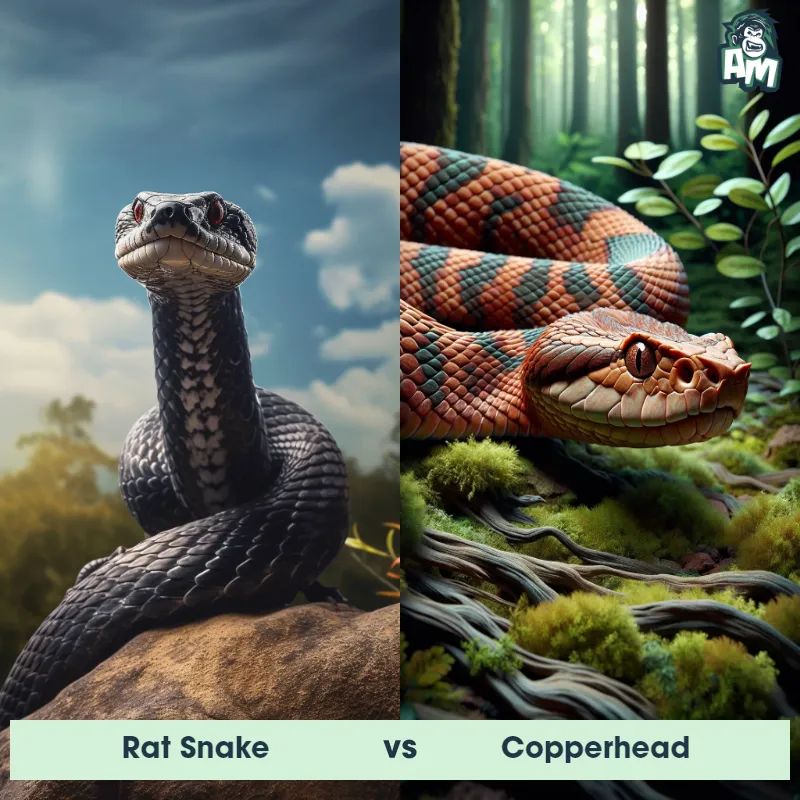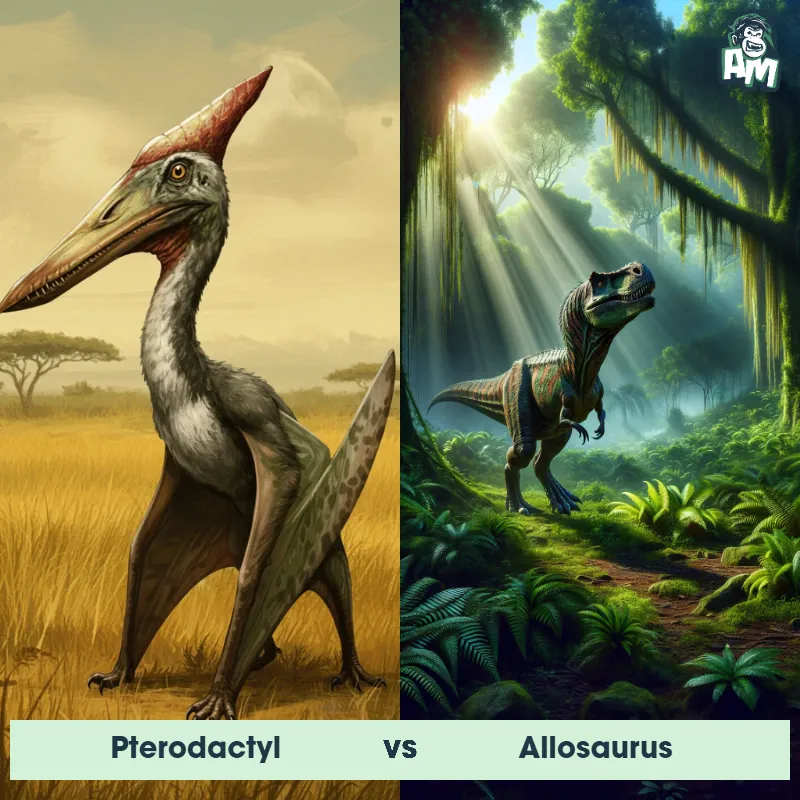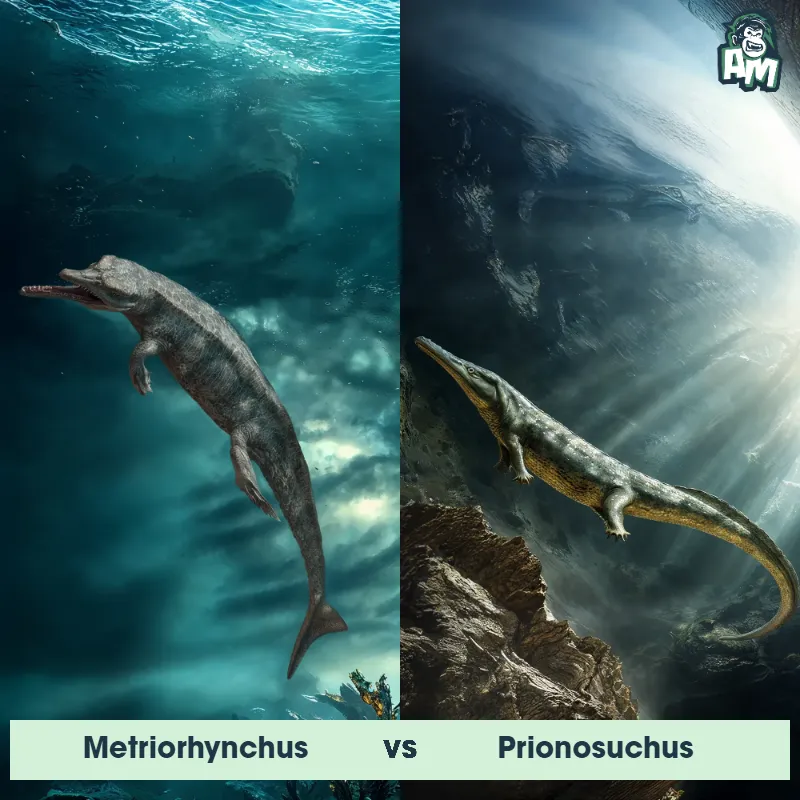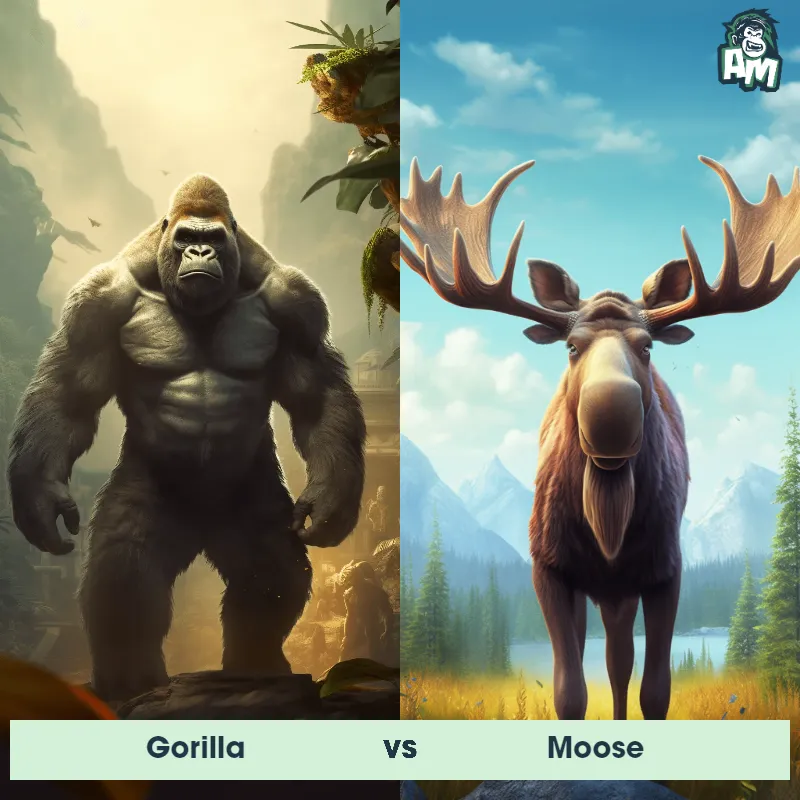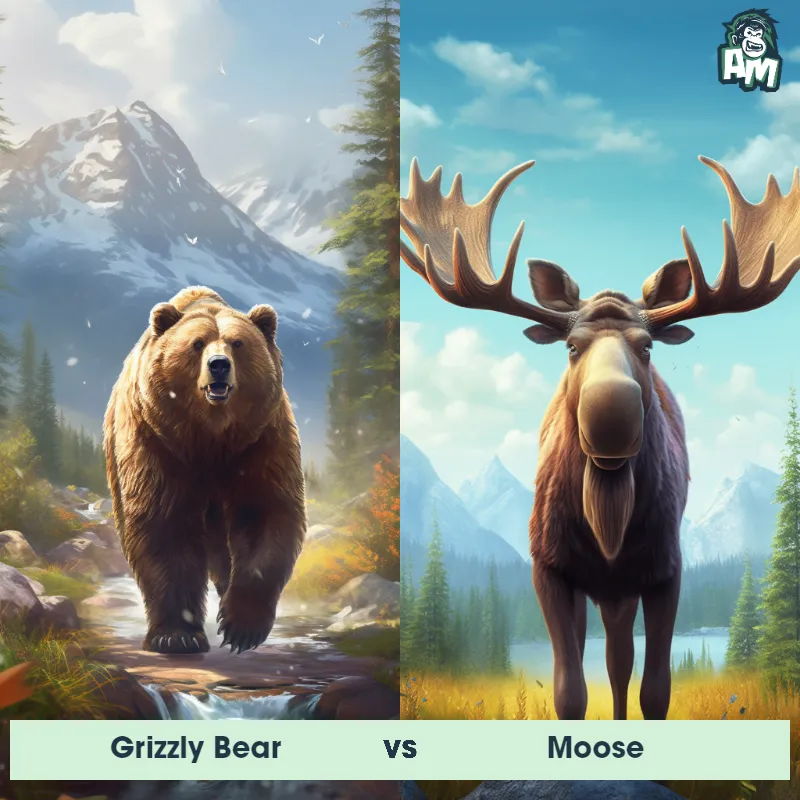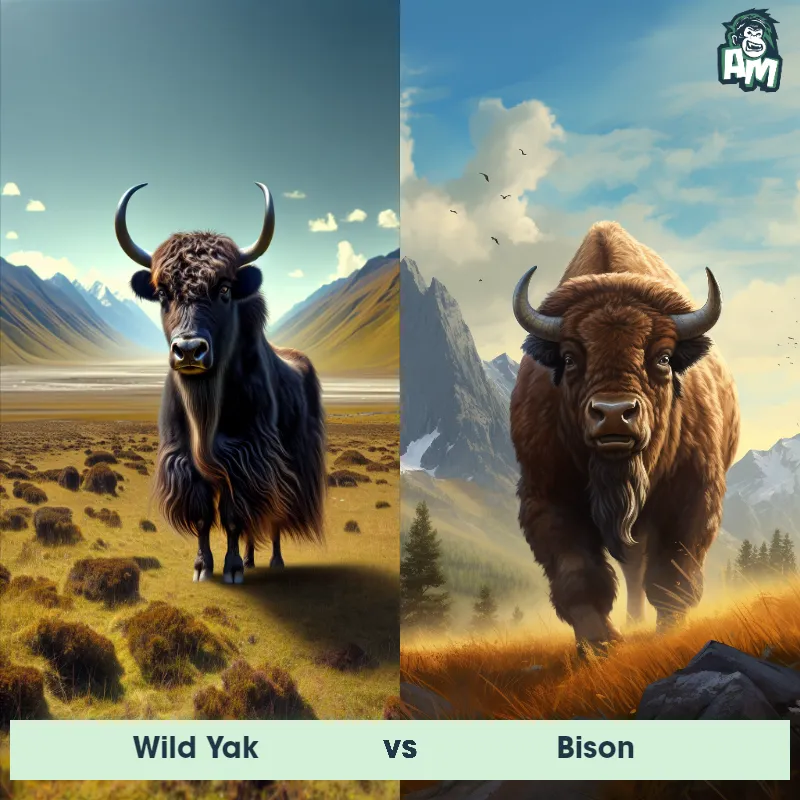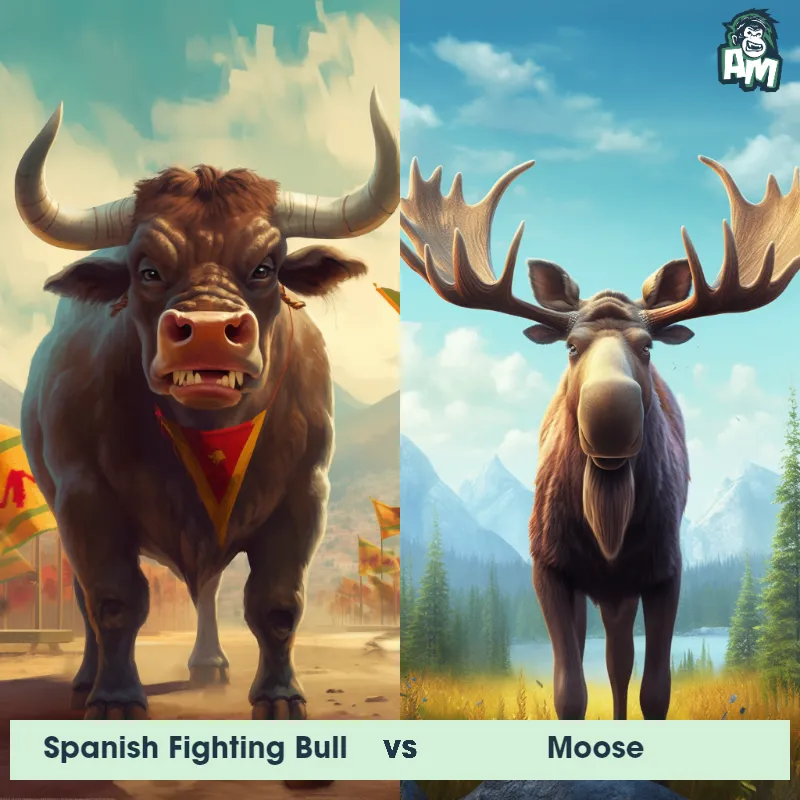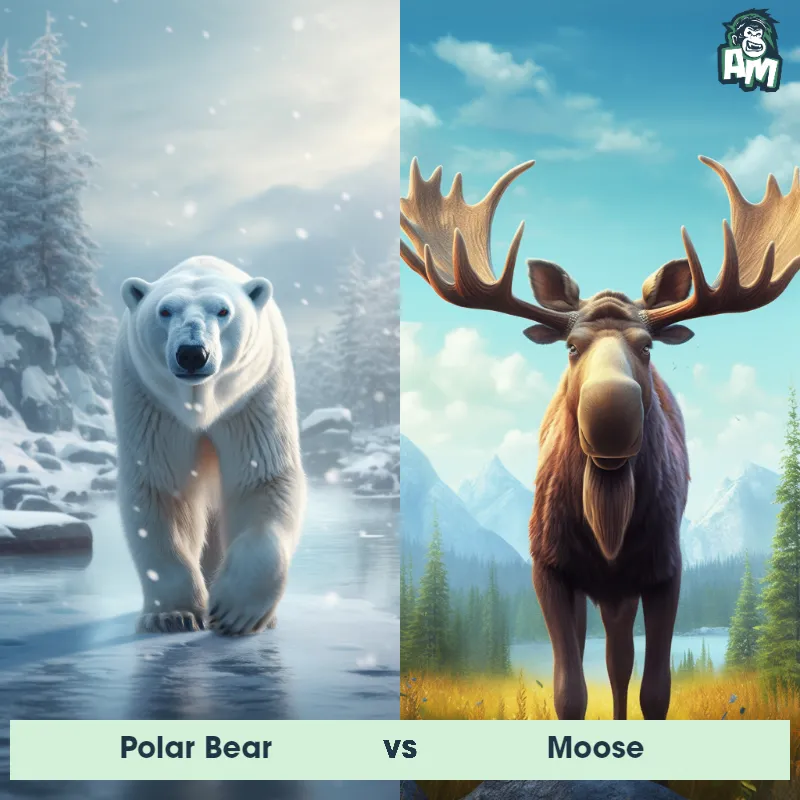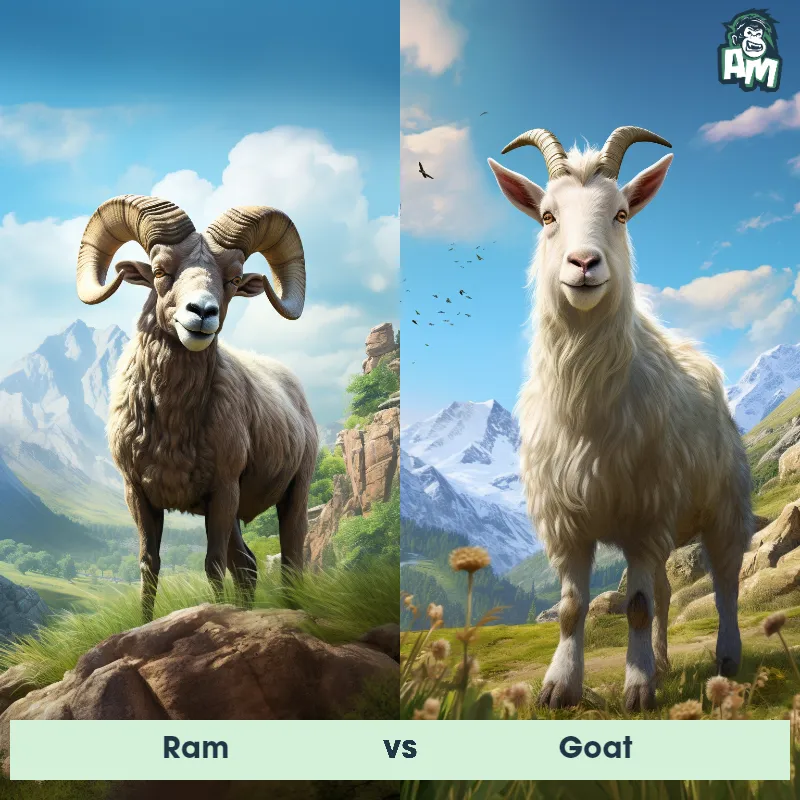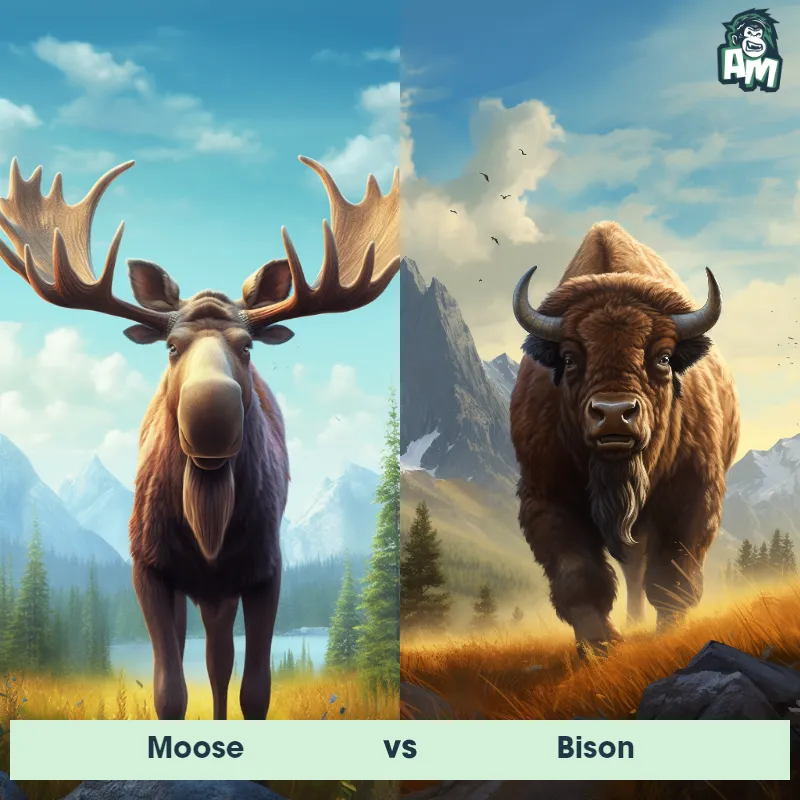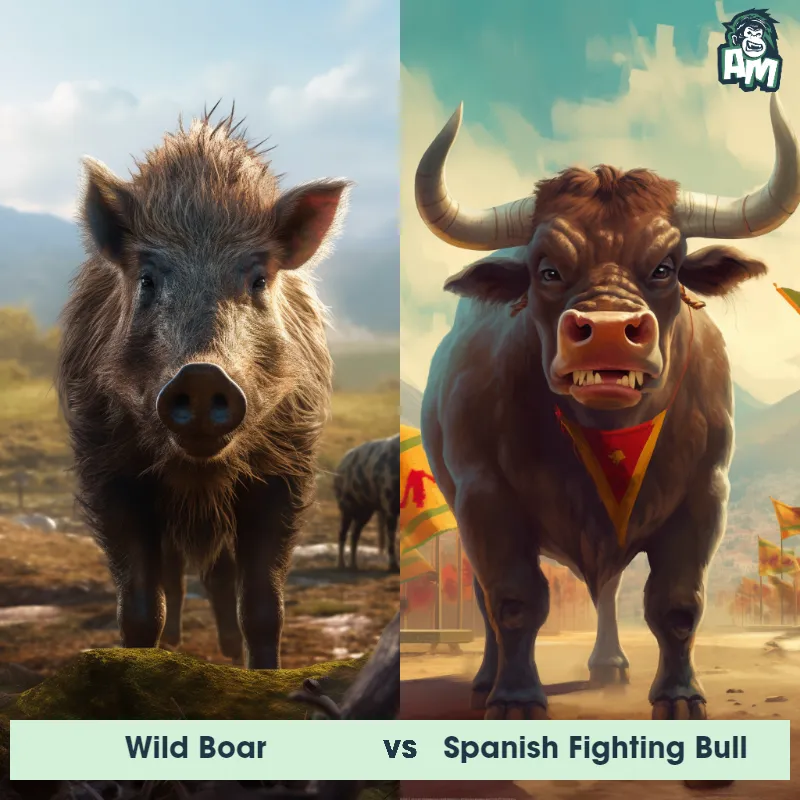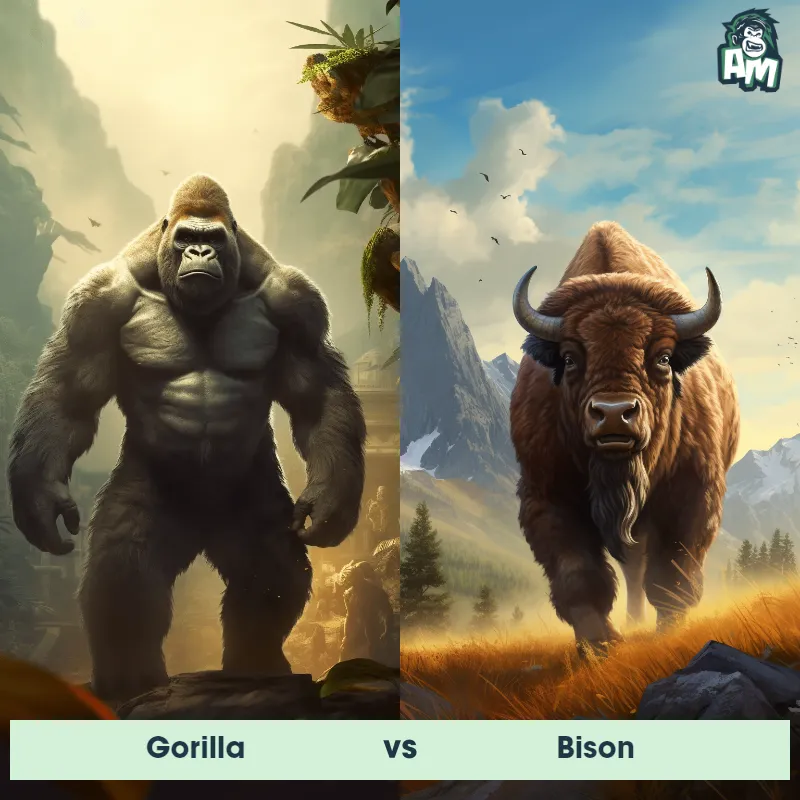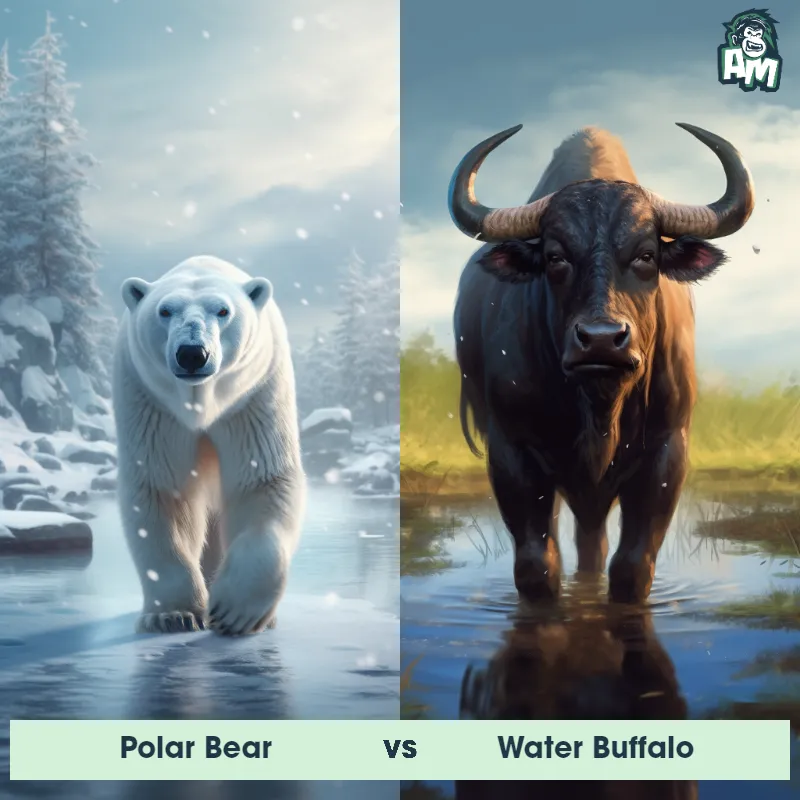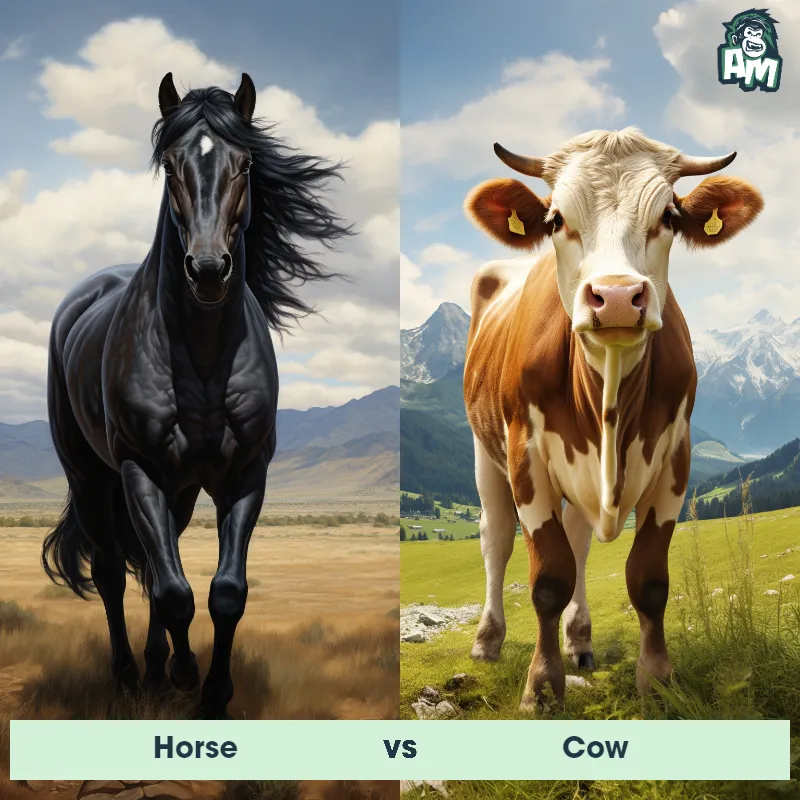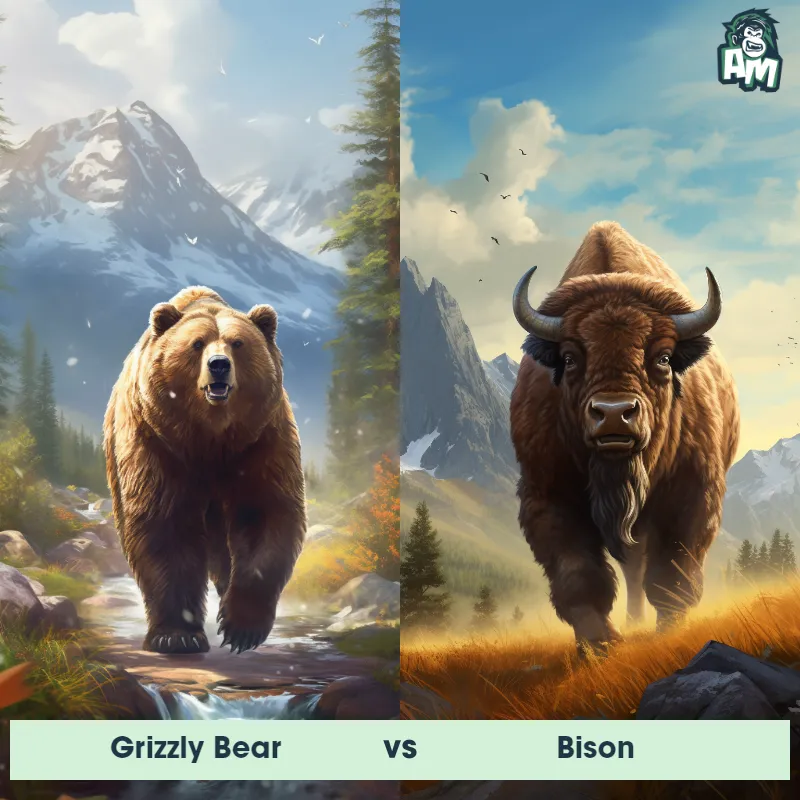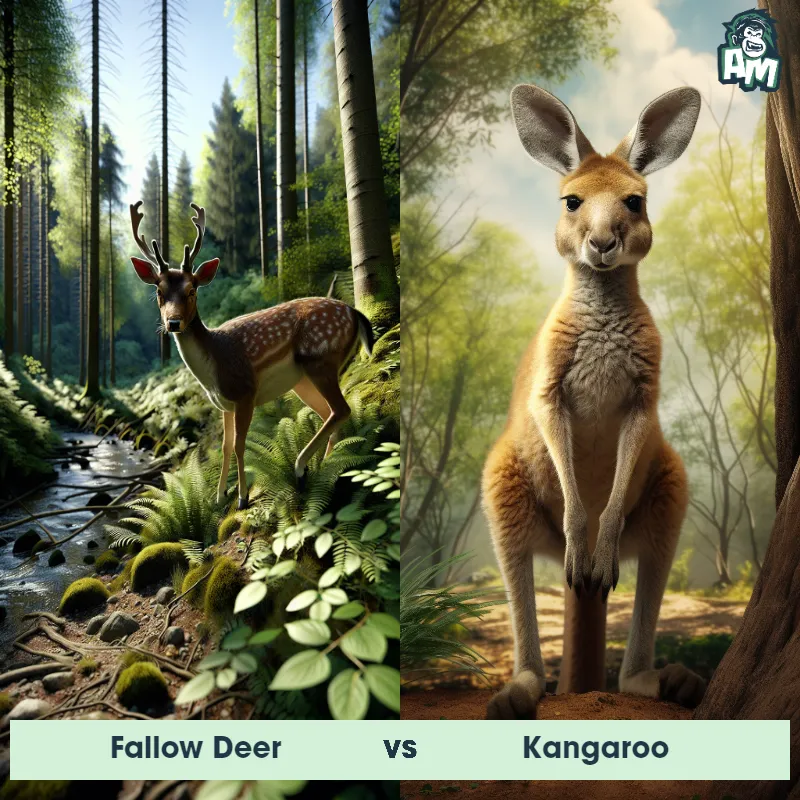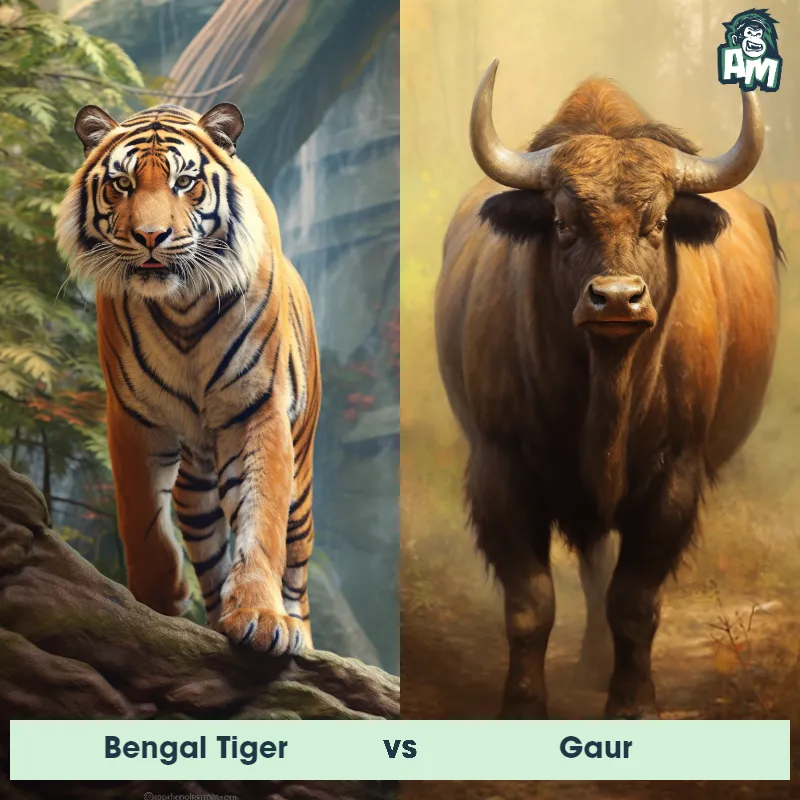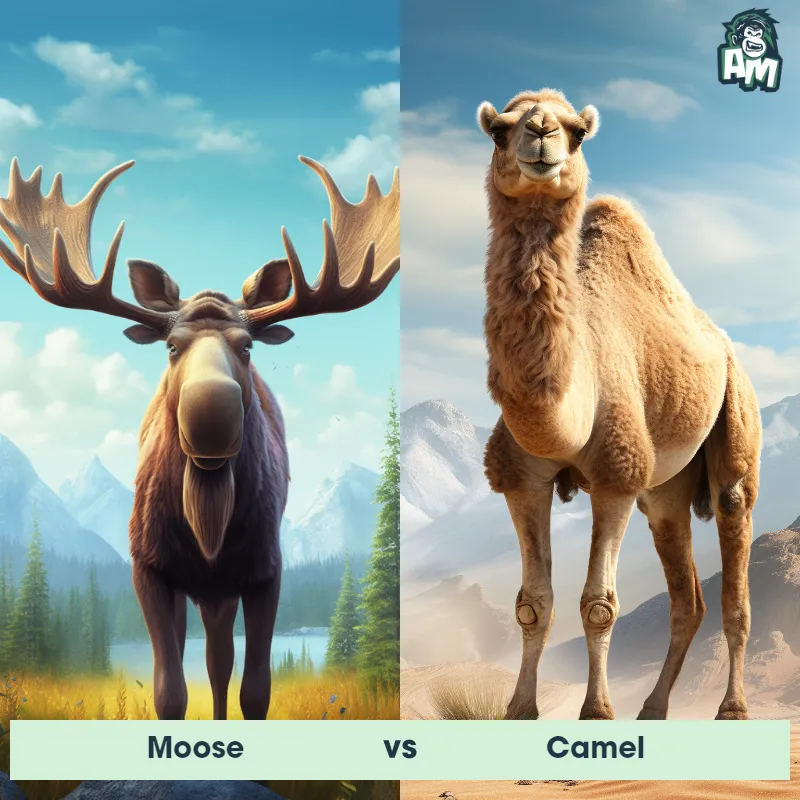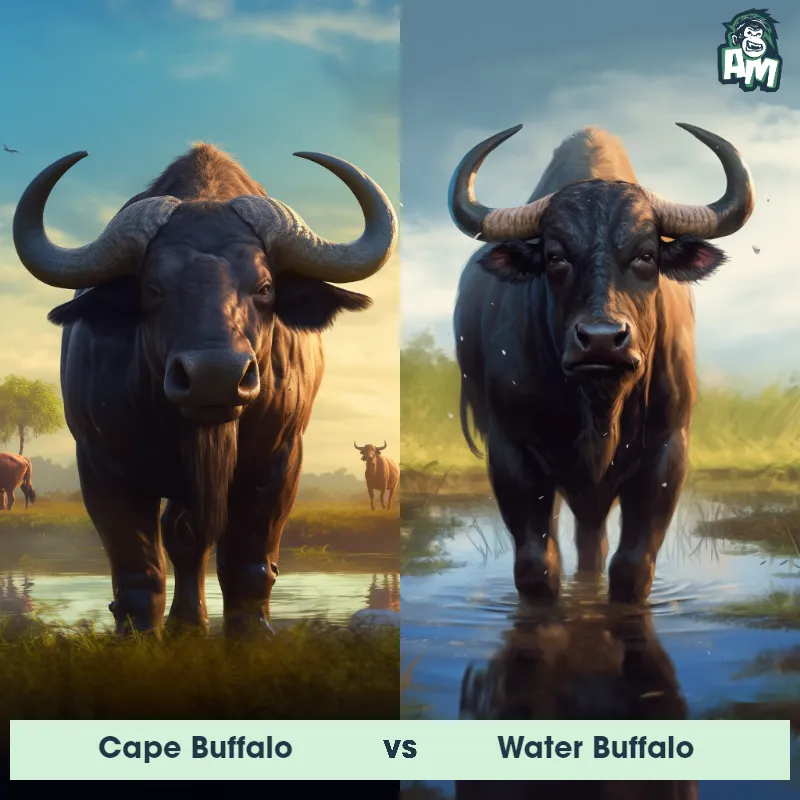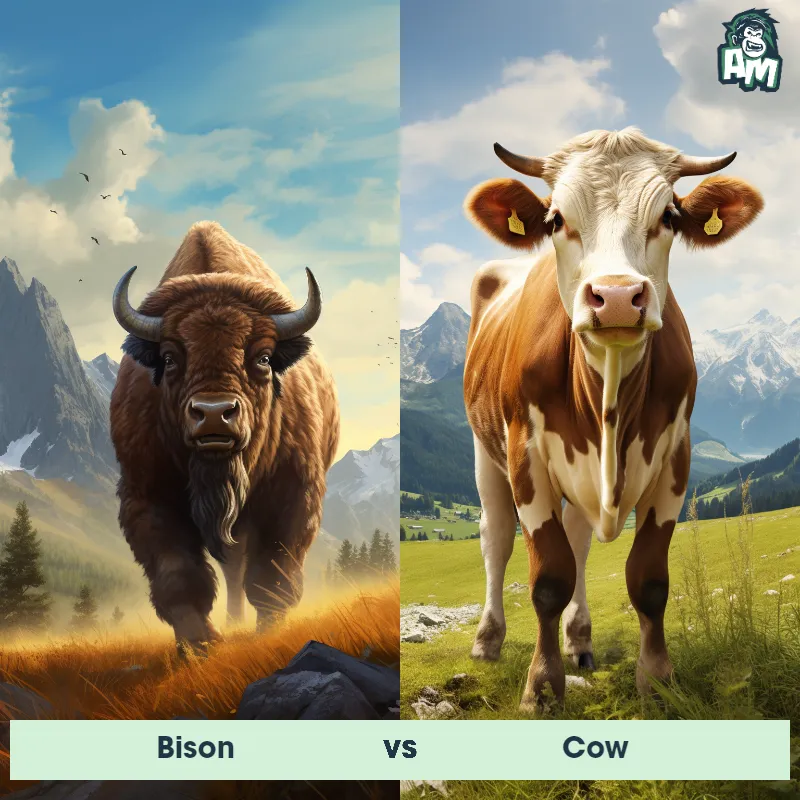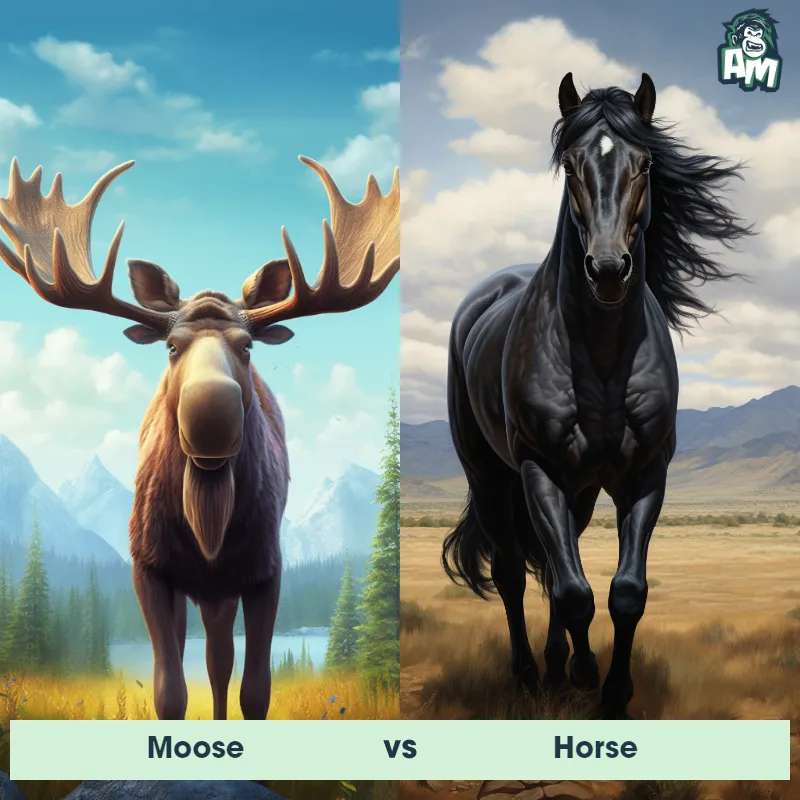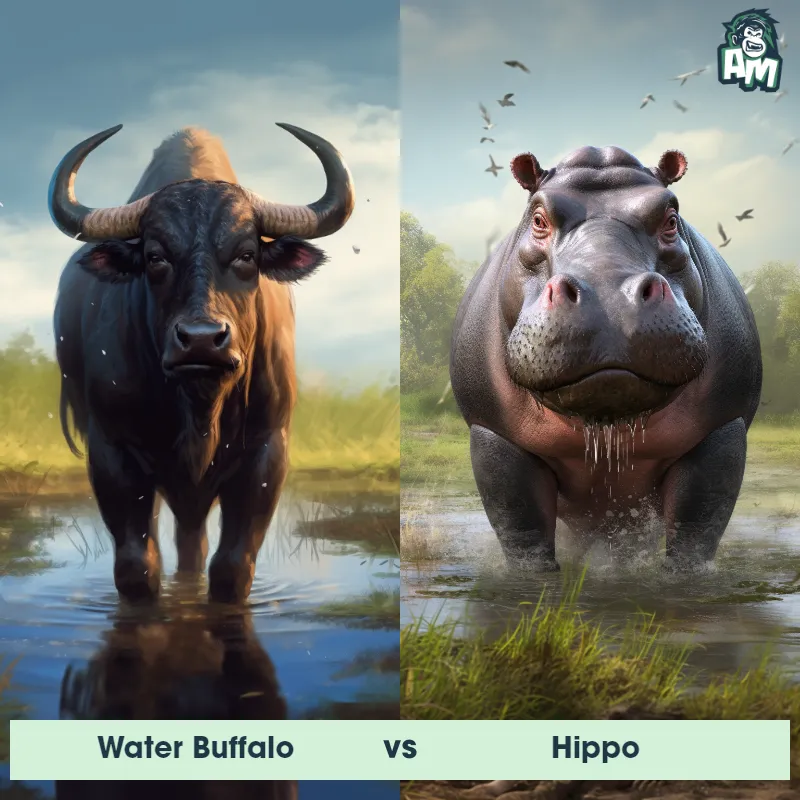Dik-dik vs Fallow DeerSee Who Wins
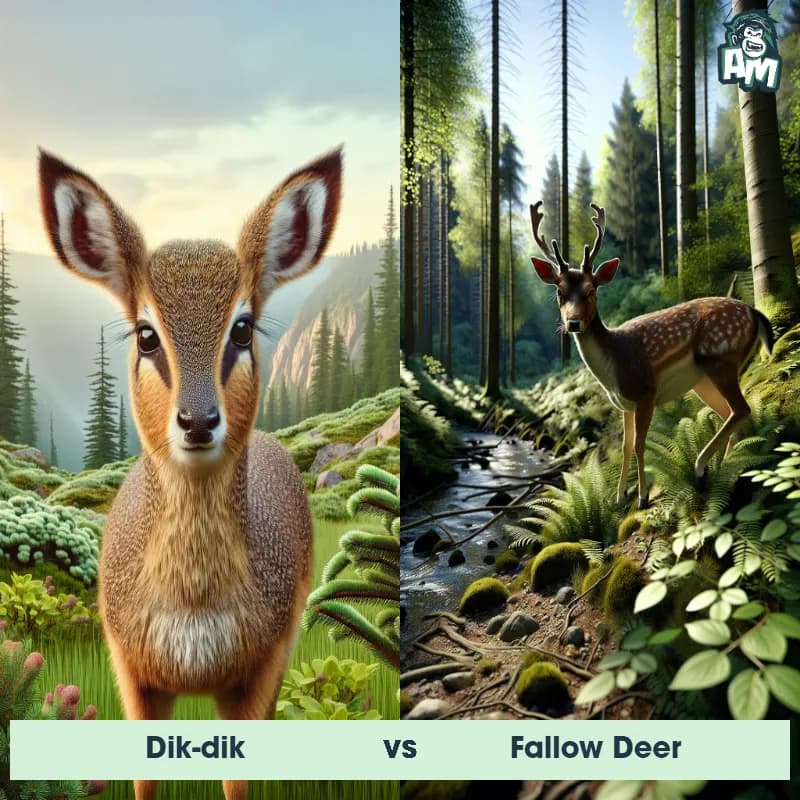
Welcome to the ultimate showdown between a Dik-dik and a Fallow Deer! These two animals are known for their agility and speed, and tonight we will see who comes out on top in this three-round fight.
Contender 1: Dik-dik
The Dik-dik, also known as the Kirk's Dik-dik, is a small antelope species found in parts of eastern and southern Africa. They have a distinctive appearance characterized by their small size, short legs, and elongated snouts. Dik-diks typically have a reddish-brown fur coat, with white underbellies and black markings on their faces, eyes, and snouts. They possess prominent, large, and dark eyes that aid in their excellent vision, allowing them to detect predators even from a distance. These adorable creatures are known for their territorial behavior and are monogamous, forming long-lasting pair bonds.
Fun Fact: One interesting fact about the Dik-dik is that they have specialized glands located near their eyes that secrete a substance used to mark their territories. These gland secretions have a pungent odor and are released when the Dik-dik rubs their face on shrubs or grass, helping to establish and maintain their territorial boundaries.
Contender 2: Fallow Deer
Fallow Deer, scientifically known as Dama dama, are medium-sized deer species native to Mediterranean regions of Europe, Asia Minor, and North Africa. They are characterized by their distinctive coloration, with a coat that varies from light brown to dark black, and their white-spotted back. Another key feature is their palmate antlers, which are flattened and shaped like a hand. Fallow Deer are known for their agility and graceful running, reaching speeds of up to 30 miles per hour. They are herbivores, mainly feeding on grass, leaves, and buds.
Fun Fact: Fallow Deer exhibit a phenomenon known as "lekking," where the males gather in an area called a lek during mating season and engage in elaborate displays to attract mates, often including vigorous fights with rivals.
Matchup Stats
| Dik-dik | Fallow Deer | |
|---|---|---|
| Size | Height: 12-16 inches (30-40 cm), Length: 25-35 inches (60-90 cm) | 3-3.9 feet (0.9-1.2 meters) at the shoulder |
| Weight | 6-14 pounds (3-6 kg) | 88-198 pounds (40-90 kilograms) |
| Speed | 26mph (42km/h) | 37mph (60km/h) |
| Key Strength | Speed and agility | Antlers for defense and dominance |
| Biggest Weakness | Lack of physical strength | Lack of aggression compared to other deer species |
Current Votes
Dik-dik vs Fallow Deer
See Who Wins
View More Matches
Looking For More?
Similar Matches
Scientific Stats
| Dik-dik | Fallow Deer | |
|---|---|---|
| Scientific Name | Madoqua kirki | Dama dama |
| Family | Bovidae | Cervidae |
| Habitat | Scrub, savannah, and woodland areas | Forests, woodlands, grasslands |
| Geography | Eastern and southern Africa | Found in Mediterranean regions of Europe, Asia Minor, and North Africa |
| Diet | Leaves, fruits, shoots | Grass, leaves, buds |
| Lifespan | 10 years - 15 years | 10 years - 16 years |
Key Differences between Dik-dik and Fallow Deer
- Antlers: Male fallow deer have large, palmate antlers that are shed and regrown each year, while dik-diks lack antlers altogether.
- Tail: Dik-diks have a short, bushy tail that points upright when alarmed, while fallow deer have a longer tail with a white underside.
- Habitat: Dik-diks are found in arid and semi-arid habitats, such as scrublands and savannas, while fallow deer prefer woodlands and grasslands.
- Markings: Dik-diks have distinct markings on their face, such as tear-streak marks and white rings around their eyes, while fallow deer have a spotted coat with white spots on a chestnut background.
- Size: Dik-diks are significantly smaller than fallow deer, with dik-diks typically weighing around 6-13 pounds and fallow deer weighing around 130-220 pounds.
- Behavior: Dik-diks are known for their monogamous behavior, typically forming lifelong pair bonds, while fallow deer are social animals that form herds with a dominant male.



